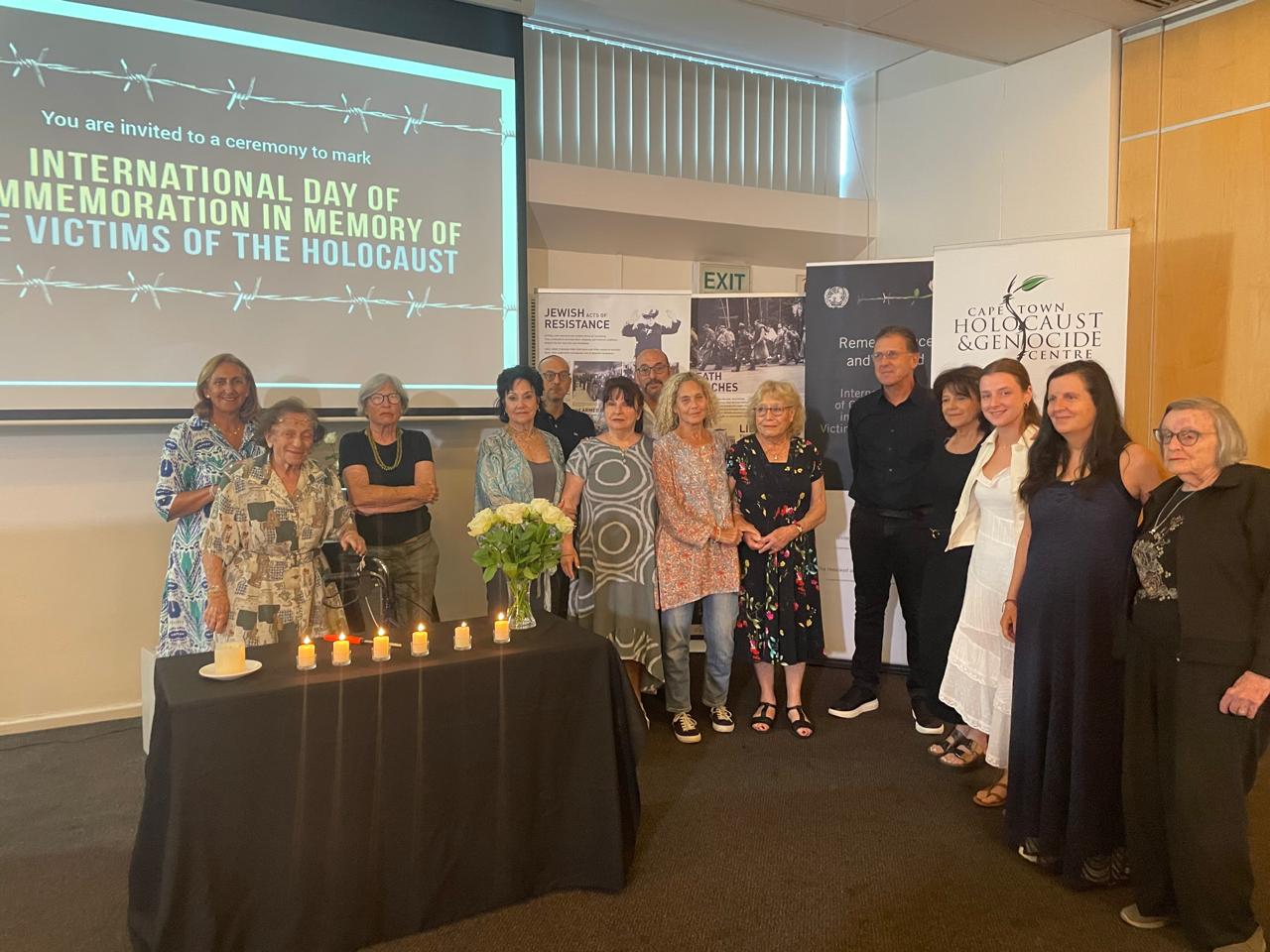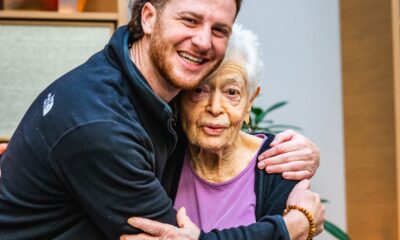
Community

‘Time doesn’t erase anything’ – Holocaust centre honours victims
The Cape Town Holocaust & Genocide Centre (CTHGC) marked the International Day of Commemoration of the Holocaust on Monday, 27 January, and the 80th anniversary of the liberation of Auschwitz-Birkenau, by bringing together diverse communities to honour the memory of victims. The commemoration was also meant to promote awareness of genocide and how to prevent it.
It began with a guided tour of the Some Were Neighbours: Collaboration & Complicity in the Holocaust exhibition, which explores the roles of ordinary people in the Holocaust, both collaborators and rescuers. This thought-provoking display highlights the complexity of human behaviour during one of history’s darkest periods, and will remain on view at the CTHGC until the end of February.
CTHGC Director Jakub Nowakowski reflected on the significance of the commemoration, saying, “We honour the victims of Auschwitz, but also remember all those who fell victim in other places across Nazi-occupied Europe and beyond, like the Jews who were persecuted and killed by the Vichy government in what is today Senegal. No place was too remote, no community too small to be spared. Over the course of the war, in what we call today the Holocaust or Shoah, six million European Jews were killed. Millions of others were murdered too: the Roma and Sinti, Soviet prisoners of war, Poles, homosexuals, people with disabilities, and others. Year after year, across the globe, people gather as we do today to mourn and commemorate those who were murdered. The Holocaust has become a part of global history, a universal legacy of humankind. But there was nothing universal about the victims of the Holocaust. They were targeted, persecuted, and killed only because they were Jewish.”
A candle-lighting ceremony followed, during which six candles were lit by Holocaust survivors and their families in memory of the six million Jews who perished during the Holocaust. A seventh candle, symbolising solidarity and shared remembrance, was lit by a representative of the Rwandan community in honour of the victims of the 1994 genocide against the Tutsis in Rwanda.
Nowakowski emphasised the importance of remembering not only those who perished, but also the survivors. “‘Time doesn’t pass over me, over us. It doesn’t erase anything, doesn’t undo it. I’m not alive. I died in Auschwitz, but no-one knows it’,” Nowakowski quoted one of Auschwitz’s former prisoners as saying after the war.
“In those haunting words lies a truth we often overlook,” he said. “The survivors were liberated from the fear of death, but not from the fear of life. Today, we are honoured by the presence of survivors and their families. Though some couldn’t join us in person, their children are here to light candles on their behalf. Let’s cherish the time we have with them. Let’s spoil them. And finally, let’s learn from them, not forgetting that among the many lessons they can teach us about the past, perhaps the most profound is the lesson of forgiveness.”
The evening concluded with an online presentation by renowned photographer and blogger Christian Herrmann, titled Beyond Auschwitz: The Vanished World of Eastern European Jews. Herrmann’s powerful work documents the remnants of Jewish life including synagogues, cemeteries, and other historical sites, and examines their evolving significance in post-Holocaust landscape of Eastern Europe.










